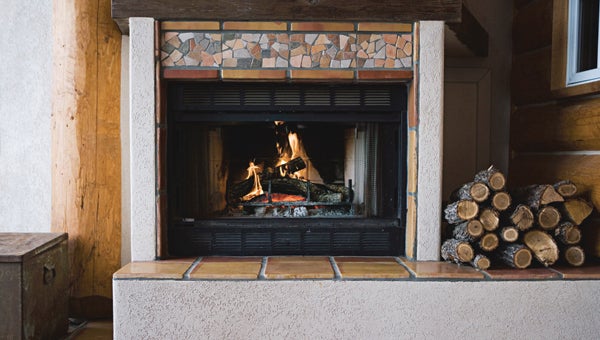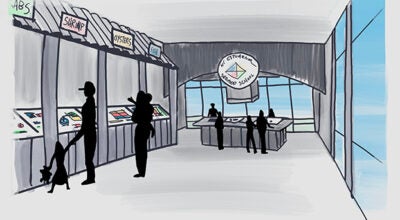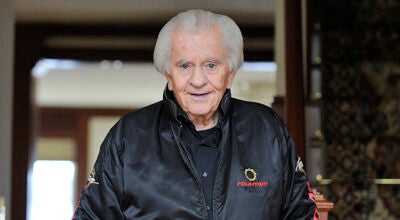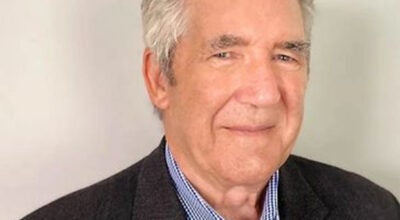COLD SPELL: How heating costs can be curbed
Published 8:15 pm Thursday, February 26, 2015

FIRE’S PLACE?: Retrofitting a fireplace with glass doors can cut down on heat loss through a chimney.
Despite what the thermometer may have read over the past several weeks; despite the bitter cold that has swept in and out and in again, Beaufort County is not experiencing abnormal winter temperatures. Instead, after three previous mild winters, this one’s temps are right on par with the norm, according to Keith Hardt, director of Washington Utilities.
When it comes cold weather, however, many residents become concerned with the cost associated with heating a home — especially an older home that may have a few drafts. So, where do the rising costs come from?
“About 60 to 70 percent of the energy that’s going to be used in a home are things a user is not going to be aware of,” Hardt said.
Turning on a lamp or overhead light is an active process — an energy consumer is aware of the use of that energy. Settings for hot water heaters and heating systems, unless changed, are static, so homeowners aren’t necessarily aware of that energy being consumed, and that can add to a monthly bill.
“For every degree you go above 68 degrees, that will add 3 to 5 percent to your heating costs,” Hardt said.
How much those settings should be adjusted depends on the type of heating system. Gas and electric furnaces can recover pretty quickly if a homeowner reasonably lowers the thermostat during the day then turns it back up again on return, but not heat pumps.
“If you have a heat pump, don’t adjust the temperature. Heat pumps are designed for you to leave it and forget it,” Hardt said. They’re also designed to supply a certain number of BTUs to a specific amount of square footage and turning it down during the day may make it difficult for the system to recover.
“It’s trying to pull heat out of the cold air, just like an air conditioning system, but in reverse. It takes heat out of the atmosphere at 20 degrees and puts it into your house at 68. If it’s really, really cold, it has electric strips in it. Those heat strips kick in and they’re going to cost you four to five times what the heat pump normally would,” Hardt said.
For heat pump owners, making sure all registers are open, filters are clean and that there are no obstructions in front of vents and returns can move heated air through the home more efficiently and cut down on cost.
Supplemental heat is always an option, but there are limitations for some of the more popular methods: electric space heaters and wood-burning fireplaces.
Electric space heaters are energy eaters and should only be used to provide supplemental heat to a given room for a limited amount of time. And as nice as curling up next to a roaring fire sounds, heat escapes through a chimney at a much higher rate than a fire can provide warmth to a room. As heated air is pulled out of the house through the chimney, it’s replaced by cold air from outside, which makes a home’s furnace work that much harder. Retrofitting older fireplaces with glass doors to prevent heat loss is recommended and fireplace inserts — basically wood stoves partially or fully installed inside an existing fireplace opening — can be a great source of supplemental heat, without the associated heat loss.
Weather stripping around doors and windows, switch and outlet sealing gaskets for exterior wall receptacles also can cut down on heat loss — it’s estimated that as much as 5 percent of energy loss in the average home can be attributed to outlets and switches on exterior walls.
Spring is less than a month away, though winter still has a good grip on eastern North Carolina. But winter doesn’t necessarily have to have a harsh grip on the wallet if a homeowner is looking to eliminate heat loss.





